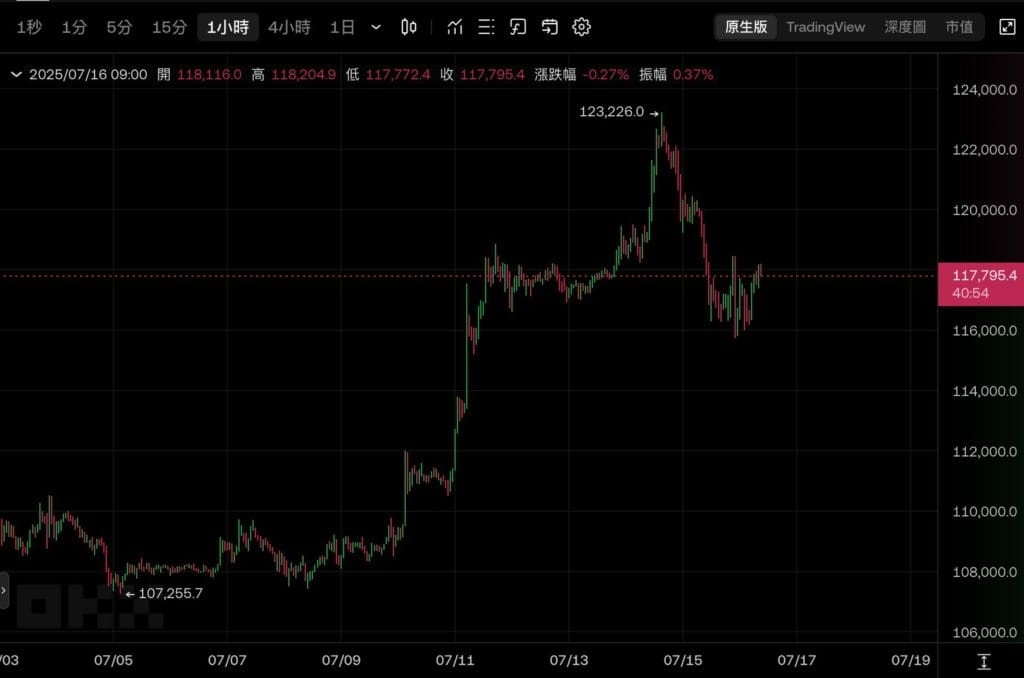The CPI year-on-year growth rate for June released by the U.S. last night (15th) hit a new high for this year, putting more pressure on the Federal Reserve's interest rate cut schedule. As the inflation effects of Trump's tariff war gradually emerge, Wall Street and investors are once again on edge.
The inflation data 'exceeded expectations' and the timing for the Federal Reserve to cut interest rates is once again unclear.
The Consumer Price Index (CPI) year-on-year growth rate for June released by the U.S. Bureau of Labor Statistics reached 2.7%, up 0.3% from May and higher than last month's 2.4%. This marks the largest single-month increase this year and exceeds the market's original expectation of 2.6%.
Analysts further pointed out that the rebound in energy prices is a major driver, with energy prices rising 0.9% month-on-month in June, and the price indices for gasoline and fuel oil both 'turned from decline to increase.'
The core CPI (excluding food and energy) is also significant, with a month-on-month increase of 0.2% and a year-on-year growth rate of 2.9%, which may make the Federal Reserve more cautious in its interest rate decisions. Boston Federal Reserve President Collins publicly stated that the tariff increases may drive up inflation while suppressing economic growth and employment, but the strong balance sheets of U.S. businesses and households may help buffer the impact.
The effects of tariffs are emerging, with prices of imported goods rising across the board.
On the other hand, the founder of Inflation Insights stated, 'The CPI report for June shows that tariffs are starting to have an impact. Prices for clothing, household goods, and leisure products have all risen significantly.' According to (Hong Kong Wen Wei Po), prices for items highly dependent on imports, such as furniture, toys, and footwear, have also risen.
Although the White House spokesperson emphasized that core inflation being lower than expected 'proves that President Trump is stabilizing inflation,' market experts generally believe that inflationary pressures caused by some tariffs are gradually emerging. It is worth noting that a new round of higher tariffs will be implemented in the U.S. starting August 1, and whether the CPI will further rise in the coming months is a point of concern.
The market is in a wait-and-see atmosphere, with the S&P 500 under pressure and bank stocks leading the decline.
In this context, the S&P 500 index fell 0.4% due to the drag from bank stocks, ultimately falling below 6,300 points, with 10 out of 11 sectors declining. However, on the other hand, benefiting from the U.S. approval of Nvidia's sales of H20 chips to China, the technology sector rose, and the Nasdaq index set a new historical high.
The Dow Jones Industrial Average fell 436 points, closing at 40,023 points.
The Nasdaq index rose 37 points, closing at 20,677 points.
The S&P 500 index fell 24 points, closing at 6,243 points.
The Philadelphia Semiconductor Index rose 71 points, closing at 5,718 points.
Bitcoin fluctuated at $118,000.
In the cryptocurrency market, Bitcoin briefly fell below $116,000 last night, currently reported at $117,795 before publication. After retesting last week's low, it continues to fluctuate within a narrow range.


